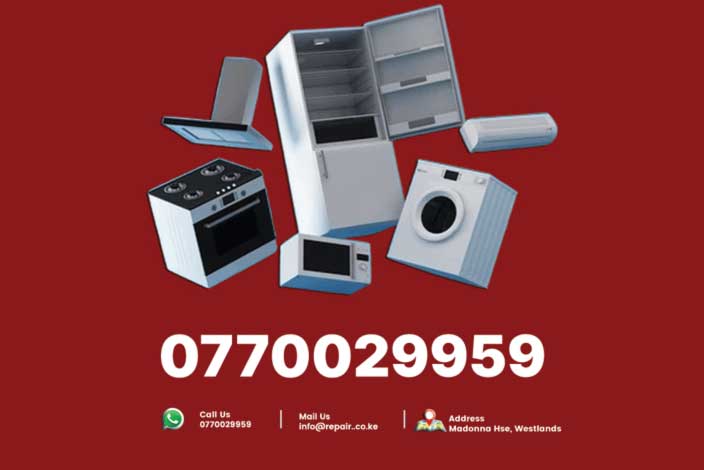Espresso Machine Repair Guide for Common Faults
Nothing disrupts a coffee lover's morning routine quite like a malfunctioning espresso machine. Whether you're dealing with weak shots, strange noises, or complete system failures, understanding common espresso machine problems can help you diagnose issues and determine whether a simple fix or professional repair is needed. This comprehensive guide covers the most frequent espresso machine faults and their solutions.
Water Flow and Pressure Issues
Poor water flow is one of the most common espresso machine problems, often resulting in weak, under-extracted shots or complete brewing failure. This issue typically stems from mineral buildup in the internal water lines, particularly in areas with hard water. Scale deposits can clog the narrow passages that deliver water to the brewing chamber, reducing pressure and flow rate.
The primary solution involves descaling your machine using a commercial descaling solution or a mixture of white vinegar and water. Run several cycles of the descaling solution through the machine, followed by multiple rinses with clean water to remove any residual taste. For severe blockages, you may need to disassemble accessible components and manually clean them with appropriate brushes and cleaning solutions.
Another water flow issue involves the water pump failing to generate adequate pressure. If descaling doesn't resolve the problem, the pump may require professional replacement. Signs of pump failure include unusual grinding noises, complete lack of water flow, or inconsistent pressure readings.
Temperature Control Problems
Espresso requires precise temperature control, typically between 190-196°F (88-91°C). Temperature inconsistencies can result from faulty thermostats, damaged heating elements, or sensor malfunctions. If your espresso tastes sour, the water temperature may be too low, while bitter shots often indicate overheating.
For machines with adjustable temperature settings, recalibration may solve the issue. However, internal thermostat or heating element failures require professional diagnosis and replacement. These components involve electrical systems that can be dangerous for untrained individuals to service.
Grinding and Dosing Malfunctions
Built-in grinders can develop several issues over time. Burr wear results in inconsistent grind sizes, leading to uneven extraction. If your shots are pulling too fast or too slow despite consistent technique, examine the grinder burrs for wear patterns or damage.
Grinder motor problems manifest as unusual noises, failure to start, or inconsistent grinding speed. Clean the grinding chamber regularly to prevent coffee oil buildup, which can affect motor performance and create rancid flavors. For burr replacement or motor repairs, professional service is typically required due to the precision required for proper alignment and calibration.
Steam Wand and Milk Frothing Issues
Steam wand problems are particularly common in espresso machines used for milk-based beverages. Blocked steam holes prevent proper milk texturing, while internal blockages can reduce steam pressure. Regular cleaning with specialized milk line cleaners prevents protein and fat buildup that creates these blockages.
If the steam wand produces little to no steam, check the water level and ensure the machine has reached proper operating temperature. Persistent steam issues may indicate problems with the boiler or internal valving that require professional attention.
Electrical and Control System Faults
Modern espresso machines rely on sophisticated electronic controls that can develop various faults. Display malfunctions, unresponsive buttons, or erratic behavior often indicate control board issues. Power supply problems can cause machines to fail to start or shut down unexpectedly during operation.
Before assuming electronic failure, check all electrical connections and ensure the machine receives stable power. Circuit breaker trips or blown fuses may indicate internal short circuits that require immediate professional attention for safety reasons.
Maintenance Best Practices
Preventing common faults requires consistent maintenance. Daily cleaning should include rinsing the brewing group, cleaning the drip tray, and purging the steam wand. Weekly maintenance involves deeper cleaning of removable components and checking water reservoir cleanliness.
Monthly descaling prevents most water flow issues, while quarterly professional servicing can identify developing problems before they cause complete failures. Keep detailed maintenance records to track when services are due and identify recurring issues that may indicate underlying problems.
When to Call Professionals
While basic cleaning and minor adjustments are suitable for most users, certain repairs require professional expertise. Any work involving heating elements, pumps, electrical components, or internal boiler systems should be left to qualified technicians. Attempting complex repairs without proper knowledge can void warranties and create safety hazards.
Regular professional maintenance extends machine life and ensures optimal performance, making it a worthwhile investment for serious espresso enthusiasts who depend on their machines daily.






